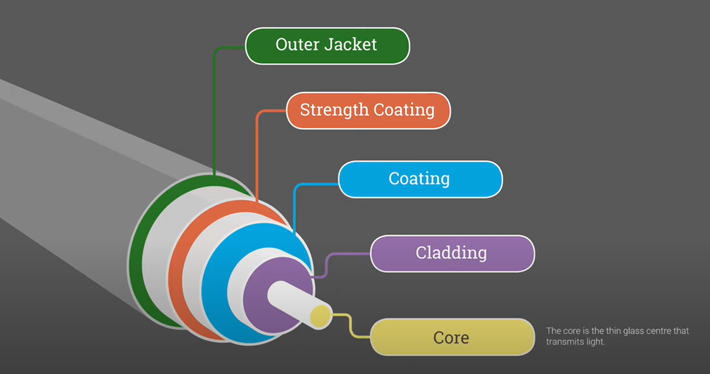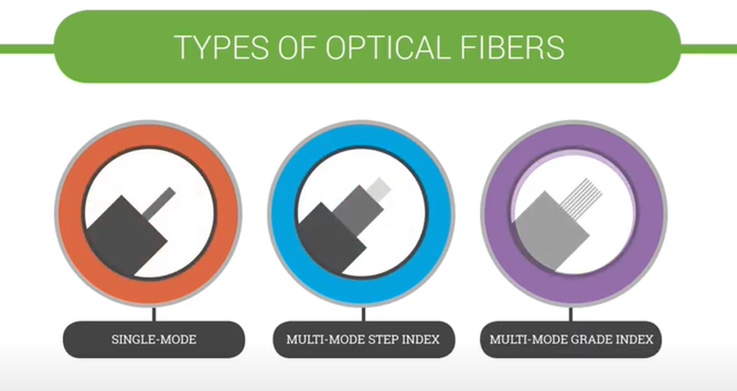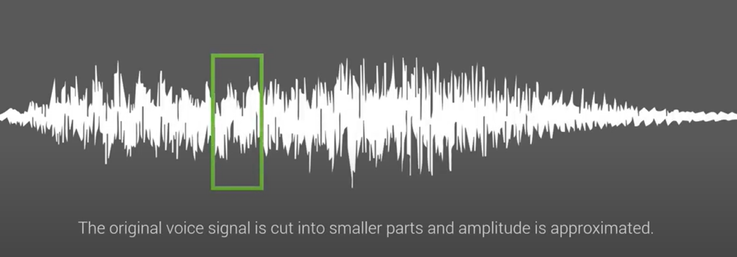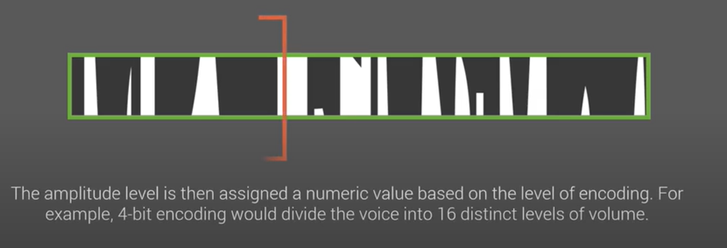Fiber Optics
fiber-optic (adjective): Strands of extremely thin, pure glass fibers used to transmit data via light waves over long distances.
Fiber optic communication is a method used in telecommunications, to transmit information from one place to another via pulses of light which travel within an optical fiber. Fiber optic cabling consists of an Outer jacket, Strength Coating, Coating, Cladding, and Core. The Core is the thin glass center that transmits the digital signal via light.
There are several types of optical fibers, single mode, multi-mode step index, and multi-mode grade index. Single mode is the fastest and most efficient of the three. Single-mode fiber, all signals travel straight down the middle without bouncing off the edges. Core diameter is or can be 8 macrons.
Multimode Core diameter is or can be 62.5 macrons, and each additional fiber is about 10 times bigger than a fiber in single mode. The means light beams can trough the core by following a variety of different paths or reflections. A multimode grade index is an optical fiber whose core has a refractive index that decreases with increasing radial distance from the optical axis of the fiber. Voice data is sent via pulse code modulation or PCM, which is a method used to digitally represent sampled analog signals. The original voice signal is cut into smaller parts and amplitude is approximated.
The amplitude level is then assigned a numeric valued based on the level of encoding. For example, 4 bit encoding would divide the voice into sixteen distinct levels of volume.
These values are then divided further into binary code (0’s and 1’s). The binary is turned into light signals and converted by the receiver, 0 = the lights turn off, 1 = the lights turn on). These lights can flash billions of times per second.
The advantages of Fiber Optics are that
- Large Volumes of data can be sent at once with fiber, it has a very high bandwidth.
- The size, flexibility, and durability of the material means it can be easily deployed around the world.
- Fiber is much less susceptible to interference than traditional wiring such as copper (its more reliable!).
- Fiber cables do not radiate signals and so data is much more secure than with traditional lines/copper.




